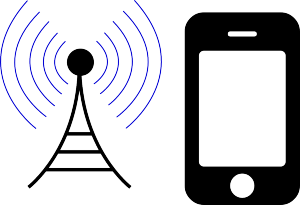4th Generation Synchronization
From iis-projects
Short Description
Wireless communication imposes immense challenges on receiver design in case the transmitter and receiver are not synchronized. Strongly centralized network topologies such as cellular communication networks rely on high-quality hardware at the base transceiver station (BTS). This allows the network to be in sync with a common external signal (such as GPS). On the Mobile Station (MS) side, however, it cannot be guaranteed that such an external common clock signal is available at all times. Therefore, the BTS transmits synchronization data which allows the MS to synchronize in time and frequency to its serving BTS. Each cellular standard (GSM, UMTS, LTE) has its own set of synchronization signals. In this work, the case for LTE and LTE-Advanced shall be analyzed.
LTE synchronization consists of 4 parts:
- LTE center frequency detection.
- OFDM symbol timing and fractional frequency offset detection.
- LTE specific Primary Synchronization Sequence (PSS) detection.
- LTE specific Secondary Synchronization Sequence (SSS) detection.
During this project, the student is asked to find a complete synchronization approach for the LTE system and test it on an RF/FPGA testbed. The testbed includes an RF chip connected to an FPGA which in turn is connected to a PC.
Status: In Progress
- Student: Elis Nycander
- Supervision: Benjamin Weber, Sandro Belfanti
